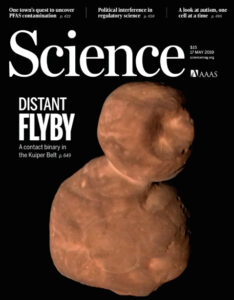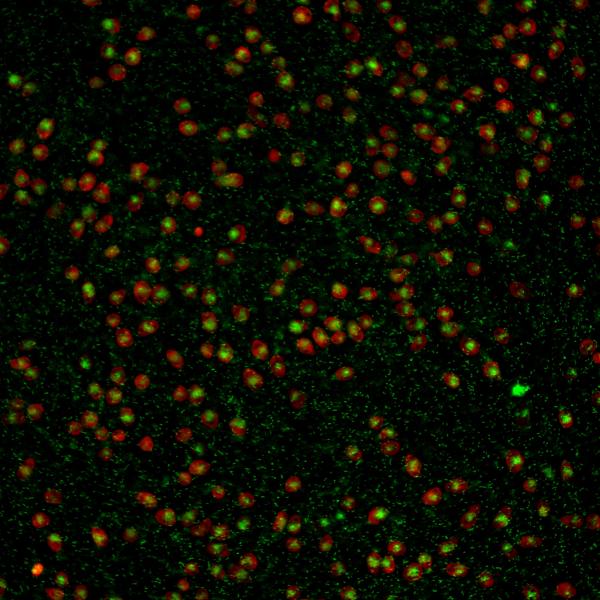 In the May 17 issue of the journal Science, NASA’s New Horizons mission team published the first comprehensive profile of the farthest world ever explored: the Kuiper belt object 2014 MU69, nicknamed Ultima Thule, which is 4 billion miles from Earth.
In the May 17 issue of the journal Science, NASA’s New Horizons mission team published the first comprehensive profile of the farthest world ever explored: the Kuiper belt object 2014 MU69, nicknamed Ultima Thule, which is 4 billion miles from Earth.
William B. McKinnon, New Horizons co-investigator, is professor of earth and planetary sciences in Arts & Sciences at Washington University in St. Louis and a co-author of the new publication. McKinnon presented results from the flyby of Ultima Thule to a standing-room-only audience, and at a media briefing at the 50th Lunar and Planetary Science Conference in The Woodlands, Texas, on March 18.
“We’re looking into the well-preserved remnants of the ancient past,” said Alan Stern, New Horizons principal investigator, of the Southwest Research Institute, in a statement. “There is no doubt that the discoveries made about Ultima Thule are going to advance theories of solar system formation.”
This publication in Science is the first of several anticipated papers. McKinnon and collaborators continue to study 2014 MU69’s origins, including the conditions around the gentle, low-velocity merger that gave Ultima Thule its unusual binary shape.



